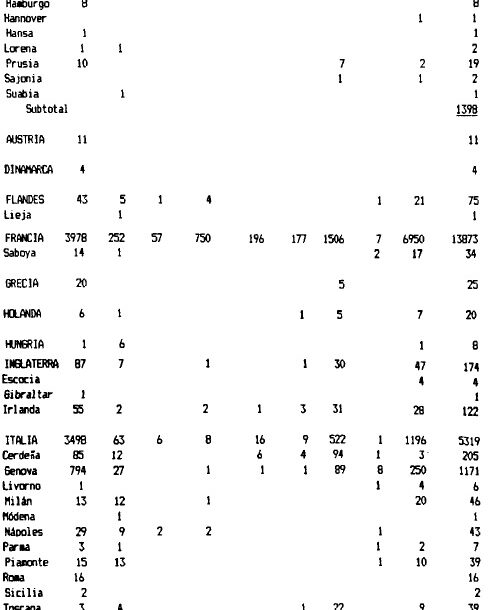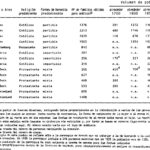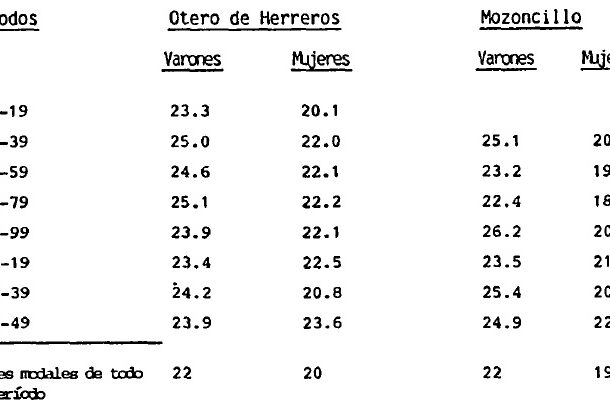
Since the genealogies for each village are based on parish registers, the following analysis aims to go further into the past than is possible with data based on civil registers or census results. As social and economic life was locally determined for much of the 18th and 19th centuries, the rural setting is an appropriate context for exploring the demographic behaviour of individuals. The total sample consists of fourteen different villages, where some – the four located in the principality of Waldeck and the three in Bavaria – have often been combined in order to avoid problems associated with too few cases. In this sense, only those marriages contracted in the 18th and 19th centuries will be considered; although fertility histories of couples formed after 1900 have been excluded, births after 1899 belonging to couples formed before 1900 have been included. There is sufficient evidence at the aggregate level that fertility and mortality had begun to decline by the end of the 18th century in much of Germany. Herbolzheim, one of the exposed villages, was granted town status in 1810 and since the 19th century has had one of the highest populations of the included communities.
Collection: Statistics
Project: 3. Rural world and urban world in the formation of the European identity., 4. Family, daily life and social inequality in Europe.
Chronology: XVIII, XIX, XX
Scope: Secondary Education, Baccalaureate, University
Link: https://www.adeh.org/revista/1986,%203/J%20Knodel,%20IV,%203,%201986,%20pp%202-66.pdf
Resource type: Statistics
Format: Table
Source: Knodel, John, «Transiciones demográficas en pueblos alemanes», Revista de Demografía Histórica, vol. III, 1986, 2–66.
Language: Spanish
Date: 1986
Owner: Álvaro Romero González (Modernalia)
Copyright: © John Knodel © Revista de Demografía Histórica
Abstract: Information on German demography through fifteen villages between 1700 and 1933
Image
Tags






